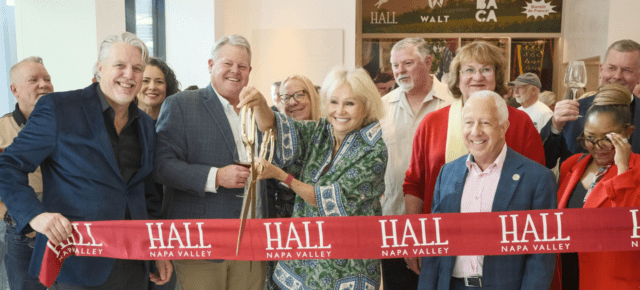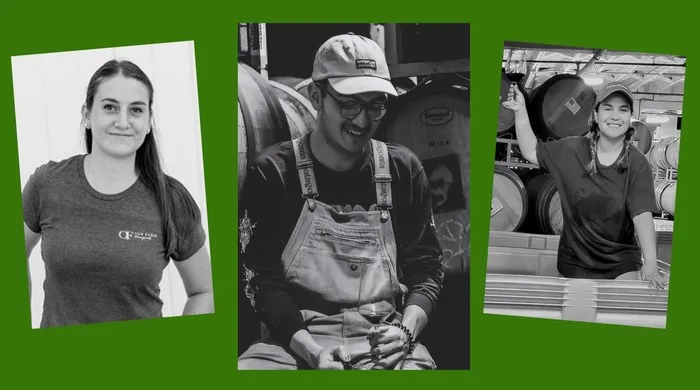Robin Lee visits Montalcino and finds Poggio di Sotto in an important moment of transition.
In its essence, Montalcino is one of the easiest appellations to understand. The wines produced here are like the place, and at its best, Brunello di Montalcino emits a resonant and poetic clarity that is difficult to equal and impossible to forget. The vineyards and olives are like the stitches of an ancient tapestry embellished over millennia, with deep-creased furrows fading out into the surrounding, dream-like, mossy oak forests. The intact and historical medieval hilltop village in dark travertine stone dates back a thousand years and more, to Etruscan times. It is an Arcadia with a powerful masculine energy, and Poggio di Sotto’s wines in particular are the classic expression.
A couple of years ago, I participated in a comprehensive tasting of Rosso di Montalcino, which is Montalcino’s second wine, produced in small quantities by the elite Brunello estates from young vines or declassified wines to provide an accessible and somewhat more affordable experience, and on a larger scale by the estates who do not have the rights to produce Brunello (see WFW 77, pp.32–34). In effect, the best Rosso made by the most sought-after estates is so good, as well as such good value, that it can be almost impossible to find after release and quite expensive on the secondary market. In this rarefied category, Poggio di Sotto’s Rosso stands out among a select few. Powerful, spicy, and saline, persuasive, unrushed, and understated,
This Article was originally published on World of Fine Wine






